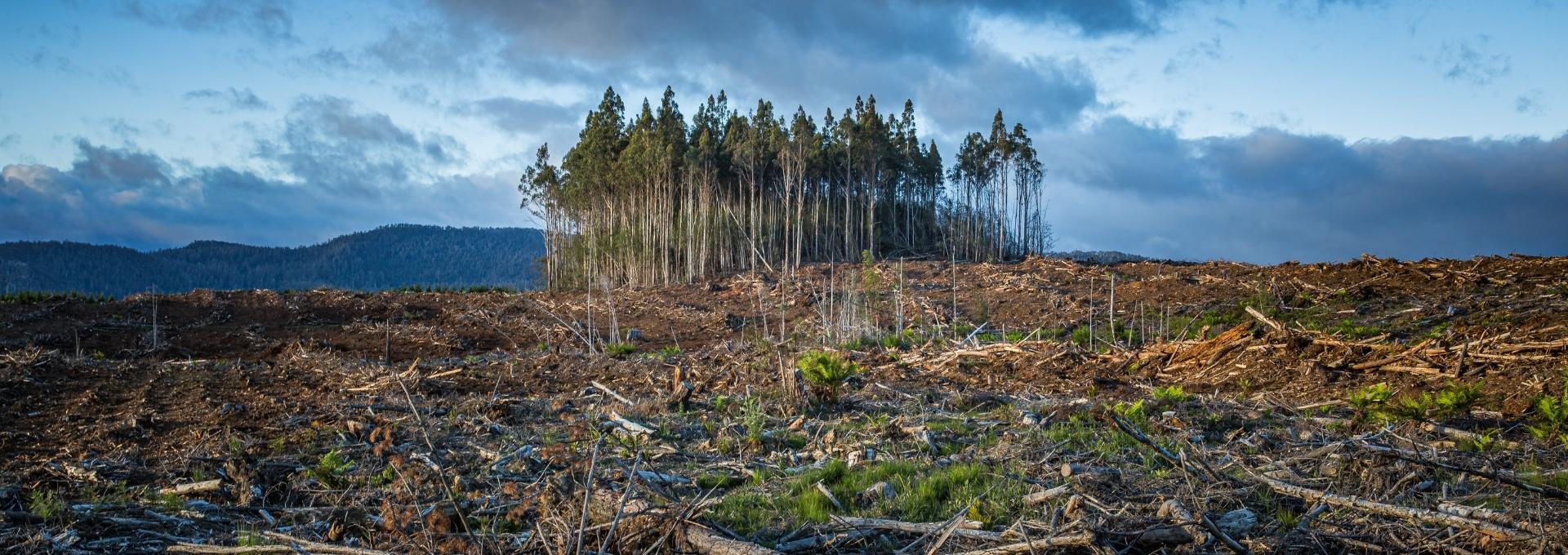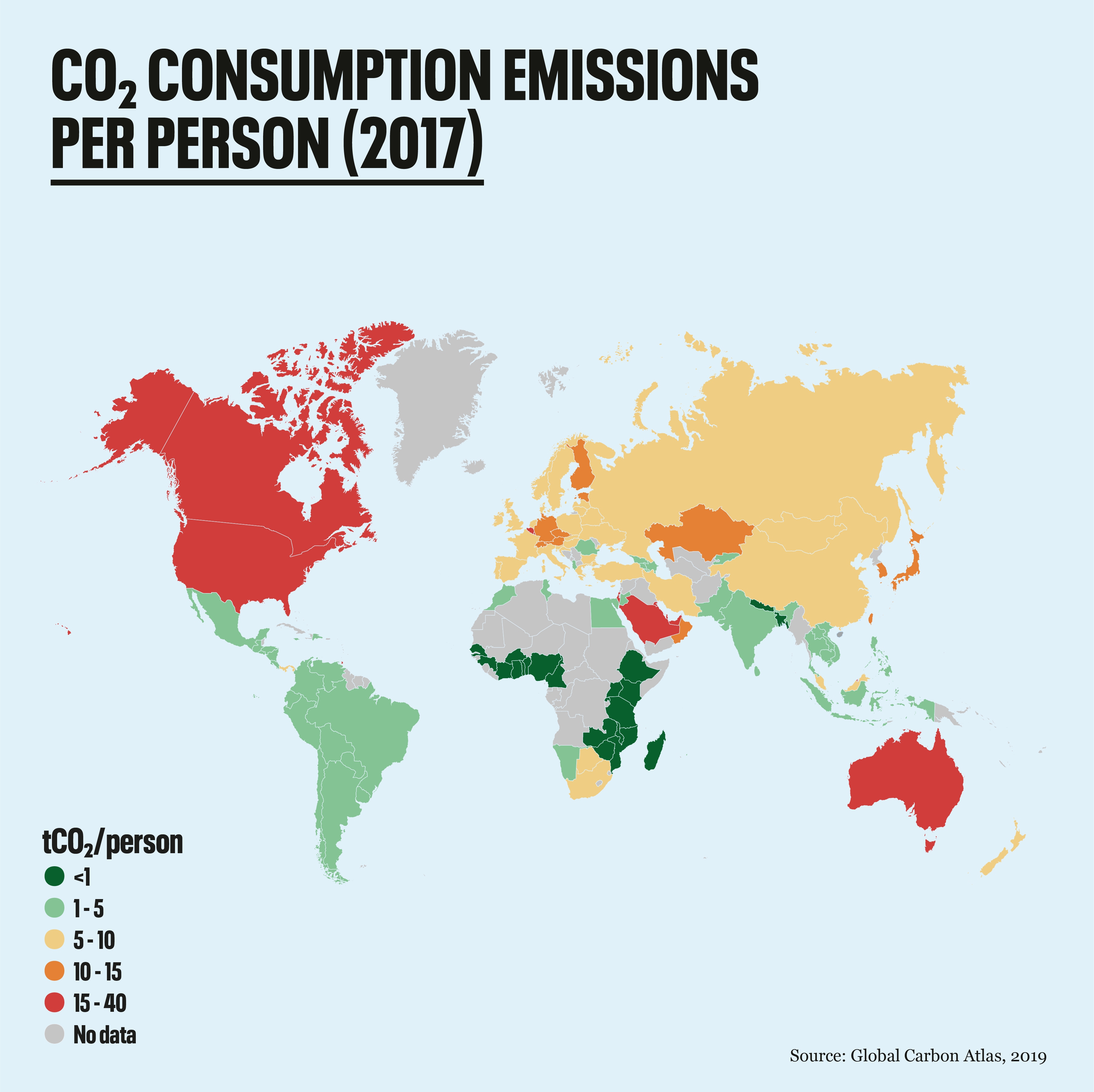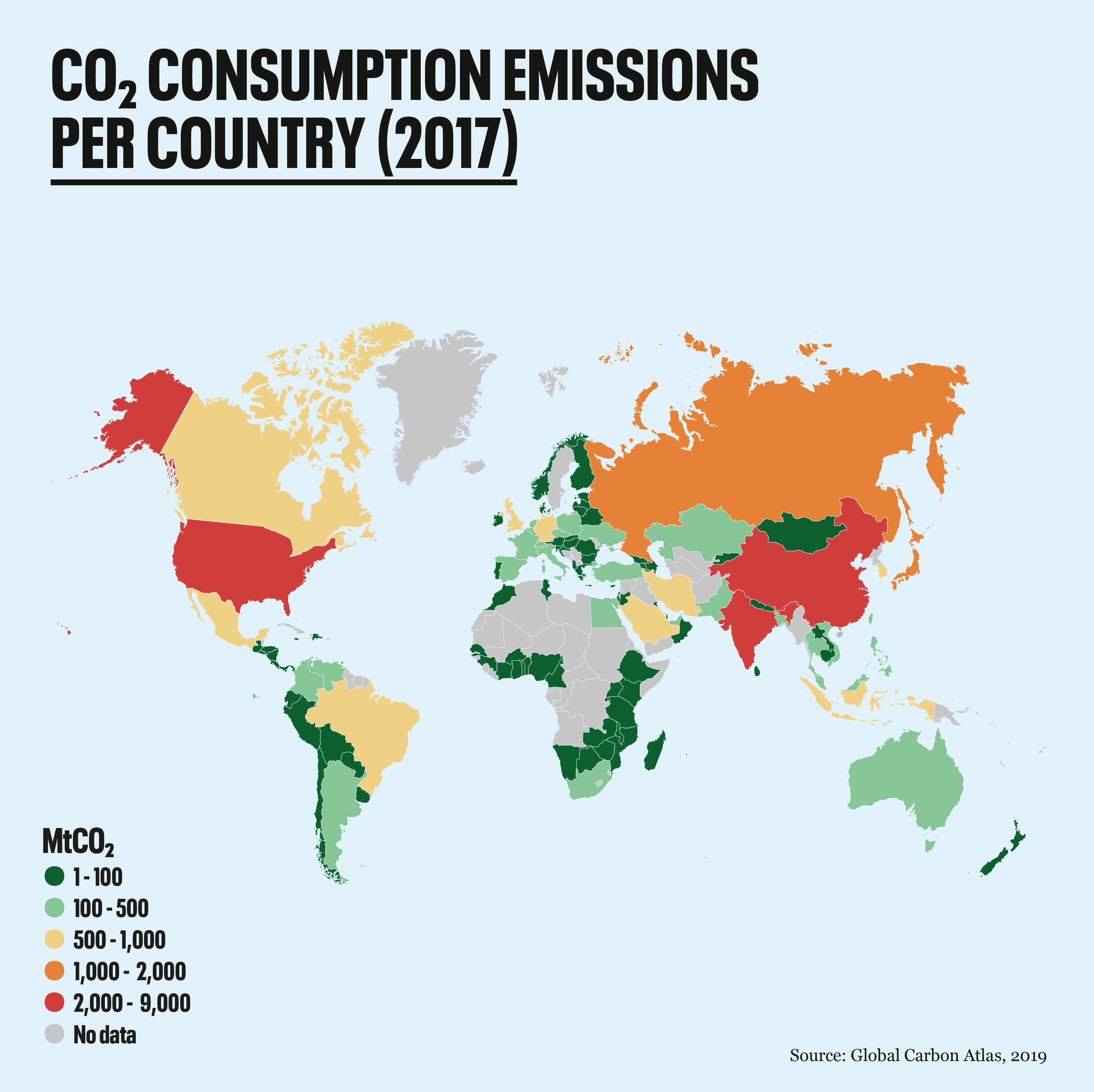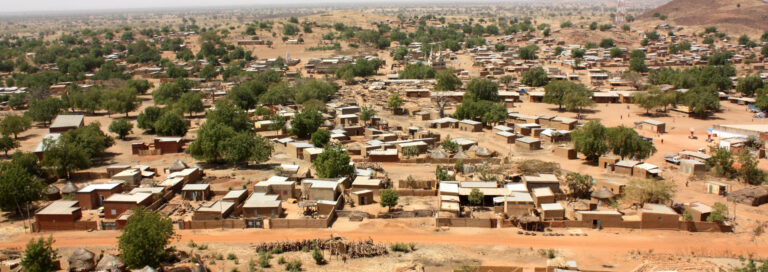
COP26: Why population matters
A crucial UN climate conference (COP26) is taking place in Glasgow over the next few days. One factor unlikely to be on the agenda is human population growth. Whilst the relationship between population and climate change is complex, investing in empowering population solutions is undeniably positive and key to averting disaster. PM Digital and Communications Manager Olivia Nater reviews the scientific evidence.

Population and emissions
Human population size is a multiplier of all our impacts on the environment. This includes greenhouse gas emissions, but due to differences in carbon footprints, the relationship is not that straightforward. As wealthy nations emit far more carbon per person than people in low-income countries, the same population growth results in much higher emissions in high-consuming countries than in developing regions. Indeed, a 2017 assessment of the effectiveness of climate actions that can be taken by individuals in wealthy nations found that the carbon footprint reduction achieved by having one fewer child dwarfs all other actions. The Global North is responsible for the vast majority of historical greenhouse gas emissions, and as most of the population growth is now happening in the Global South, some people argue that addressing population equates to unfairly shifting the blame onto the world’s poorest and ignoring other necessary climate actions.
However, this reasoning is flawed and dangerous. First of all, it assumes that action on population and action to decarbonise societies and reduce overconsumption are mutually exclusive, which they are not. Secondly, it assumes poor people will stay poor forever, which goes against the morally essential goal of ending poverty. Reducing per capita emissions via systemic and behaviour change in wealthy countries is vital, but global consumption emissions will continue to increase as hundreds of millions of people escape poverty. Between 1990 and 2019, more than 80 percent of the global increase in carbon dioxide (CO2) emissions was confined to only four countries – China, India, Iran and Indonesia, which together accounted for almost 41 percent of the world population in 2019.


A 2017 study suggested that if global population growth meets or exceeds the UN’s medium projection (the most likely scenario which currently predicts 10.9 billion people by 2100), avoiding more than 2°C of warming becomes impossible. This is important as world leaders pledged to keep global heating “well below” this critical threshold. Project Drawdown, a major analysis of all available climate policy solutions, found that achieving the medium projection instead of the higher projection by 2050 (a difference of one billion people) would result in emissions savings of 85.42 Gigatonnes of CO2, making it the second most powerful action to limit warming to 2°C. Another paper published in 2017 found that getting on track for the UN’s low projection (causing the population to plateau by mid-century and decrease to 7.3 billion by 2100) would reduce emissions by 10% by 2050 and 35% by the end of the century relative to the medium projection, and this reduction accounts for the likelihood that declining fertility rates will decrease poverty and thereby increase consumption emissions in low-mid-income countries.
Population and climate buffers
Another important yet neglected aspect of the relationship between population and climate change is the destruction of carbon sinks. Due to trees’ ability to absorb CO2, forest conservation and restoration has been identified as a critical player in meeting climate targets. However, ever more people means ever less nature.
Deforestation rates have remained persistently high and have even increased in recent years. Expansion of urban areas and infrastructure contributes to deforestation, but by far the biggest cause is agriculture, of which population growth and, increasingly, growing meat consumption in emerging economies, are the main drivers. Modern food systems are responsible for around a third of all greenhouse gas emissions, making them the number one driver of climate change. Agriculture also happens to be the primary cause of biodiversity loss. Increasing population and demand for animal products will require ever more natural land to be converted to agriculture, especially in light of the shrinking crop yields expected under climate change. This spells disaster for the planet’s remaining carbon sinks, as well as other relevant ecosystem services such as climate regulation and flood defence.

Population and climate vulnerability
The worst effect of denying the links between population and climate change is that it helps pave the way for disaster. Many of the areas with the fastest population growth are also facing the worst climate impacts. A comprehensive report published yesterday warned that the Western Sahel is on track for a population explosion that will exacerbate drought, conflict, militant violence and economic hardship.
It states,
“Rather than yielding an economic dividend, the conditions spawned by the region’s persistently youthful, rapidly growing, high-fertility populations overwhelm the capabilities of state-run services, generate extensive urban slum conditions, slow if not stall economic and social progress, and aggravate ethnic tensions.”
It follows in the footsteps of a 2019 Nature paper that issued the same dire warning, referring to the Sahel as a “powder keg”. Both studies point out the continued dismal status of women and girls as the main reason for the region’s very high fertility rates. Child and forced marriage, polygamy and violence against women and girls remain common due to poor enforcement of existing laws.
A report by the International Union for Conservation of Nature (IUCN) also found that, as a result of gender inequality, women and girls are worst affected by climate change impacts, while climate impacts further exacerbate gender-based violence and injustice, creating a horrible spiral with a very obvious solution: empower women.
Those who frame population as a ‘taboo’ issue are effectively encouraging the international community to stand by and watch as disaster unfolds and millions of women and girls continue to be stripped of their rights and dignity.

Win-win-win-win solutions
Both studies recommend investing in advancing the rights of women and girls, particularly by enforcing better protection and removing barriers to family planning and girls’ education. According to the UN, around half of women still have no bodily autonomy. In the words of UNFPA Director Natalia Kanem,
“The fact that nearly half of women still cannot make their own decisions about whether or not to have sex, use contraception or seek health care should outrage us all. In essence, hundreds of millions of women and girls do not own their own bodies. Their lives are governed by others.”
Aside from directly improving countless lives, empowering solutions help mitigate climate change by reducing population growth, and boost climate resilience. When women are free to choose what happens to their bodies and lives, communities become more prosperous, peaceful and better prepared for environmental stresses.
Investing in global family planning also brings unmatched financial benefits. A 2014 assessment by the Copenhagen Consensus Center found that every one US Dollar spent on achieving universal access to sexual and reproductive health services yields a $120 benefit, and a 2019 report by the Guttmacher Institute estimated that fulfilling the unmet need for modern contraception in developing countries would save $16 billion a year in maternal healthcare by reducing the number of unintended pregnancies.
A whole range of other actions are needed to tackle the climate crisis, including, crucially, ones that are more effective in the short-term, but women’s empowerment is unmatched in the extent of the benefits and complete lack of downsides it brings to all of humanity and the natural world. A delegation from Population Matters is attending COP26 to encourage positive discussion of the population factor and urge greater investment in critically underfunded, empowering solutions. Follow us on Twitter to see our live updates from Glasgow!



